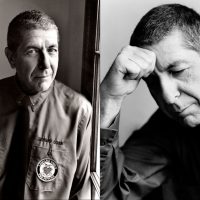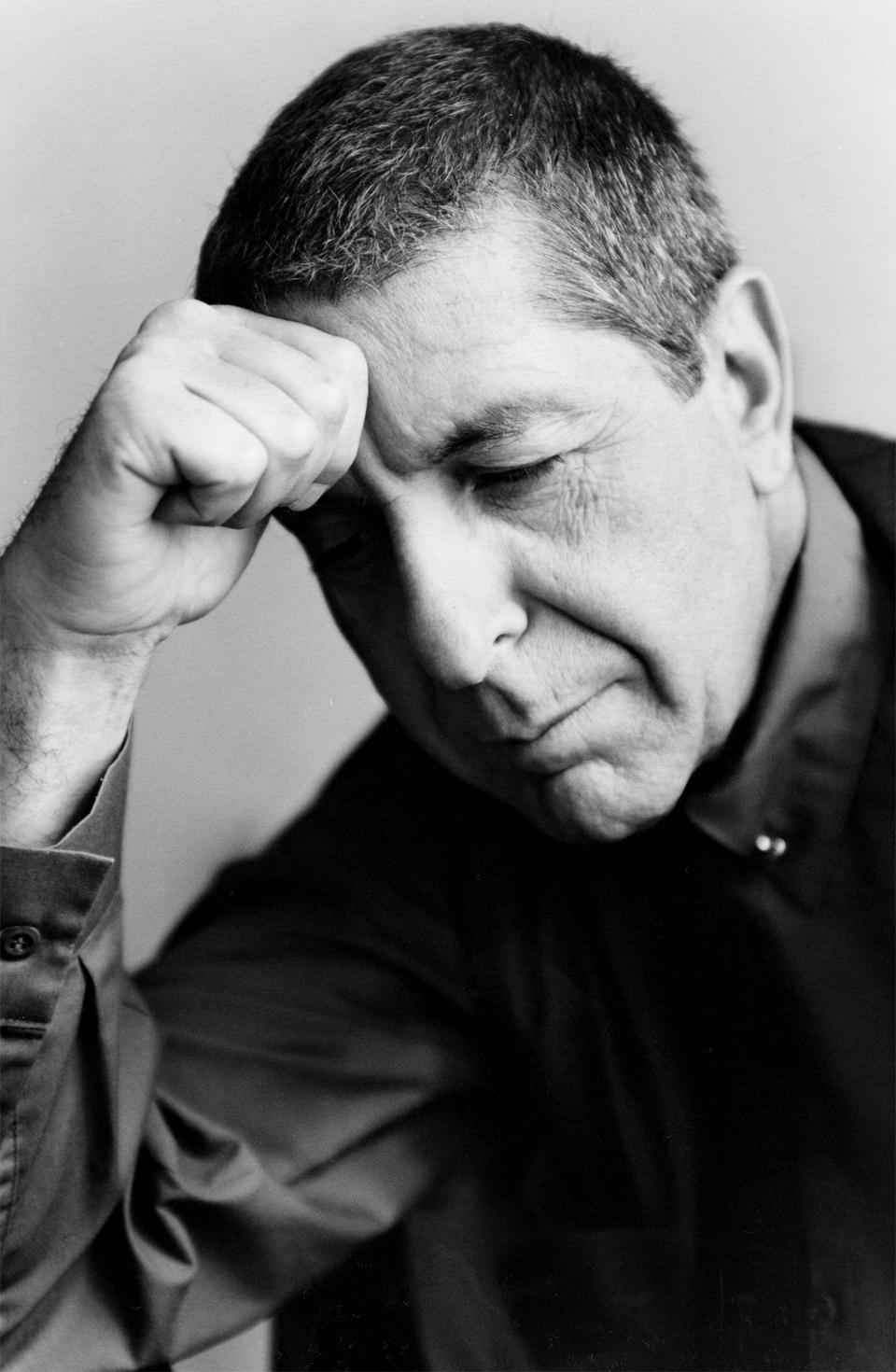Leonard Cohen (1934-2016)


Leonard Cohen, 1993. Photo: Robert Zuckerman.
The week of November 7th, 2016, was a startling week in America. An unlikely candidate ascended to the presidency of the United States, and an unlikely Canadian troubadour ascended to heaven.
As a teenager in the early 1960s, I was a fan of Peter, Paul & Mary. I actually saw them perform in a tiny bowling alley bar in Cincinnati, Ohio. When I arrived for my freshman year at the University of Pennsylvania, I was greeted on my first day of dorm life by the jarring sounds of Bob Dylan, who changed my notion of what meaningful music sounded like. There was Peter, Paul & Mary’s version of Blowin’ in the Wind, and there was Dylan’s own performance of his anthem. Which one is still being played?
In the later part of the 1960s, I experienced the juxtaposition of sweet and gravely again when I heard Judy Collins sing Suzanne, followed a little later by Leonard Cohen’s performance of his song. Who would guess that a half-century later, Cohen would cut his final album and still be relevant?
On November 10th, my Facebook account was flooded with “shares” of a statement from Cohen’s Facebook page. “It is with profound sorrow we report that legendary poet, songwriter and artist, Leonard Cohen has passed away. We have lost one of music’s most revered and prolific visionaries.”
His son, Adam Cohen, wrote, “My father passed away peacefully at his home in Los Angeles with the knowledge that he had completed what he felt was one of his greatest records. He was writing up until his last moments with his unique brand of humor.”
I asked my network of artist friends – poets, writers, musicians, visual artists – if they would like to publish a brief statement or anecdote in ArtSpeak about the impact of Cohen on music and poetry. One poet replied, “I’m too devastated to, well, breathe practically and certainly not feeling creative or generous. I loved Leonard Cohen. C’est tout.”
In an op-ed in the New York Times, Leon Wieseltier wrote of his friend of 25 years, “He lived in a weather of wisdom, which he created by seeking it rather than by finding it. He swam in beauty, because in its transience he aspired to discern a glimpse of eternity: There was always a trace of philosophy in his sensuality. He managed to combine a sense of absurdity with a sense of significance, a genuine feat. He was hospitable and strict, sweet and deep, humble and grand, probing and tender, a friend of melancholy but an enemy of gloom, a voluptuary with religion, a renegade enamored of tradition.”
My friend and colleague, photographer Robert Zuckerman, who for many years photographed celebrities for the Hollywood studios, sent me the two photos pictured in this article, and the anecdote below.
“I went with my team – interviewer/author Andrei Ridgeway and makeup artist extraordinaire Cinzia Zanetti to Leonard Cohen’s office – a house in Hancock Park, spare and peaceful throughout in keeping with his Buddhist practice. He was so gracious and present, giving us an hour to photograph him, moving throughout the house to different spots of light. After the photo session, Leonard put out three shot glasses, filled them with fine whiskey and said: ‘OK, now we’re ready to do the interview.’ Leonard’s music got me through many dark times in life, accompanying, illuminating, empowering and enabling understanding and inner strength. Thank you Leonard. Soar high.”


